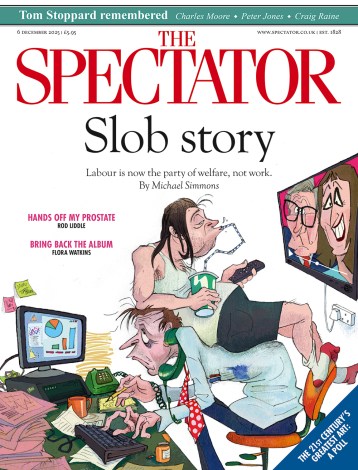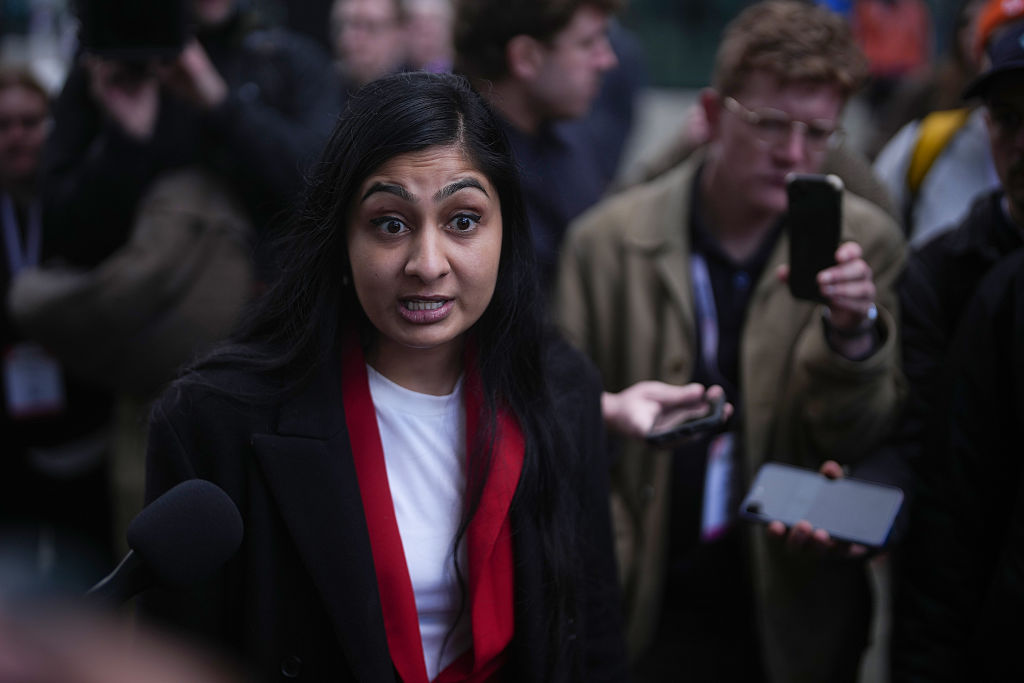Tumult, turmoil, chaos: select as appropriate how best to describe the last two years for the Scottish National party. Nicola Sturgeon’s resignation, the infighting that followed and the infamous Operation Branchform police probe caused public trust in the party of government to plummet. Fast forward through the gaffe-a-day leadership of Humza Yousaf and current First Minister John Swinney has managed to regain control somewhat, with the SNP noticing a turnaround in the polls and projected to become the largest party in Holyrood next year.
Yet while it has been suggested that the nationalists could pick up a third of the vote, this is some way off a majority. The worry for the SNP is that another coalition or confidence and supply agreement will be required, either with the Greens or possibly the Scottish Lib Dems. Neither option is favourable for a more centrist, pro-independence party. Enter Swinney’s latest independence strategy.
The party of government in Scotland faces a similar issue to the party of government in Westminster: it is losing support to both the left and right.
The First Minister has insisted that securing a clear majority at next year’s Scottish parliament election will get the ball rolling for a second independence referendum. ‘The precedent was established in 2011,’ Swinney told the BBC’s Today programme, nodding to the election that saw the party, under Alex Salmond, win 69 seats in Holyrood. The following year David Cameron signed a deal giving Holyrood the power to hold an independence referendum and two years after that Scotland voted to remain in the UK by 55 to 45 per cent.
In recent years support for independence has stagnated around the 50 per cent mark – with Ipsos polling last month suggesting 46 per cent of Scots are in favour of leaving the UK while 43 per cent are opposed. It’s not quite the sustained majority some nationalist figures have suggested is required for another indyref, but given the SNP is polling at around 30 per cent it does point to the existence of a group of independence backers that the party is yet to win over.
This group has been a source of fascination for pro-indy figures. It was this cohort that Salmond, who died last year, tried (and failed) to appeal to with his Alba party – which now struggles to even register on polls. Senior SNP figures, including Westminster leader Stephen Flynn, talk of how people are simply yet to be persuaded of the cause. But the figures show there remains an issue persuading Yes supporters to back the SNP, as much as there is a wider hope to persuade No voters to come to the other side. And, as polling guru Sir John Curtice said on the BBC the night the nationalists lost the Hamilton by-election, it is very unlikely that No voters will vote for the SNP, even if the party does promise to pursue a gradualist approach to secession and deal first with issues of poverty and healthcare.
The party of government in Scotland also faces a similar issue to the party of government in Westminster: it is losing support to both the left and right. Pollsters predict the Scottish Greens will increase their vote share next year to pick up a couple more MSPs. It’s good news for the left-wing group at a time it is undergoing turmoil of its own: as its leadership contest looms, current MSPs have come under fire from more radical party members hoping to pull the party even further leftwards, similar to Zack Polanski’s efforts down south.
Meanwhile polls have consistently shown that despite not having any kind of party apparatus in Scotland, Reform UK could elect 15 MSPs from a standing start, taking more than 11 per cent of the vote. As I wrote last month, while for now it’s the unionists who have most to fear from Farage, the SNP can’t continue to ignore the threat from the populist right – especially as pollsters suggest as many as 10 per cent of SNP backers could vote for Reform next year.
Swinney has moved the SNP closer to the centre-ground somewhat, and those working in his government are keen to tout their party’s pro-business credentials – highlighted, they say, in his Programme for Government – as a sign the party has recovered from its unserious partnership with the anti-growth Greens. While soft indy supporters unimpressed by the Scottish government’s record thus far are hardly any more enamoured by Scottish Labour, there remain unanswered questions about the direction of travel for the SNP on key policy areas.
The FM told the BBC on Monday that a second indyref would allow the party to make ‘Scotland’s energy wealth work for Scotland’ and introduced ‘fair and equitable’ changes to the welfare system. Yet there is a vast difference of opinion on energy policy between the party’s Westminster and Holyrood groups and there has been little detail on how the party would rework the welfare system. As always, affordability is a concern given the SNP both slammed Starmer’s benefits cuts and continues to laud its decision to direct about a third of its block grant towards the NHS.
Swinney’s independence ‘precedent’ argument follows his party’s recent loss in Hamilton. The SNP’s pivot to a ‘two-horse race’ message against Reform failed to secure victory and left party figures frustrated at the lack of a positive campaign. Putting independence at the heart of the 2026 election campaign is a blatant attempt to win over that non-SNP supporting, pro-independence voter base – though its exact make-up remains unclear. Combine this with more coherent, ‘common sense’ policy positions – with a continued move away from the culture war debates that unhelpfully pigeonholed SNP politicians in the past – and there is a chance that independence voters who rowed behind Labour in 2024 will back the SNP in the Scottish parliament next year.
But then the party, if it is serious about secession, finds itself faced with the same issue that has plagued it for the last decade. Even if the SNP manages to win a majority next year, there is no legal requirement for the UK government to give Holyrood powers to hold a second referendum. (Swinney may talk about democratic process but the party can elect a majority on less than 50 per cent of the vote.) Indeed Starmer on Monday afternoon dubbed the push for independence ‘the politics of yesteryear’. And while the US President has spent much of his time north of the border talking up Scotland, reports from this morning that the Prime Minister left his joint dinner with Donald Trump and Swinney early on Monday evening don’t bode well for fruitful discussions about the First Minister’s latest proposal.








Comments